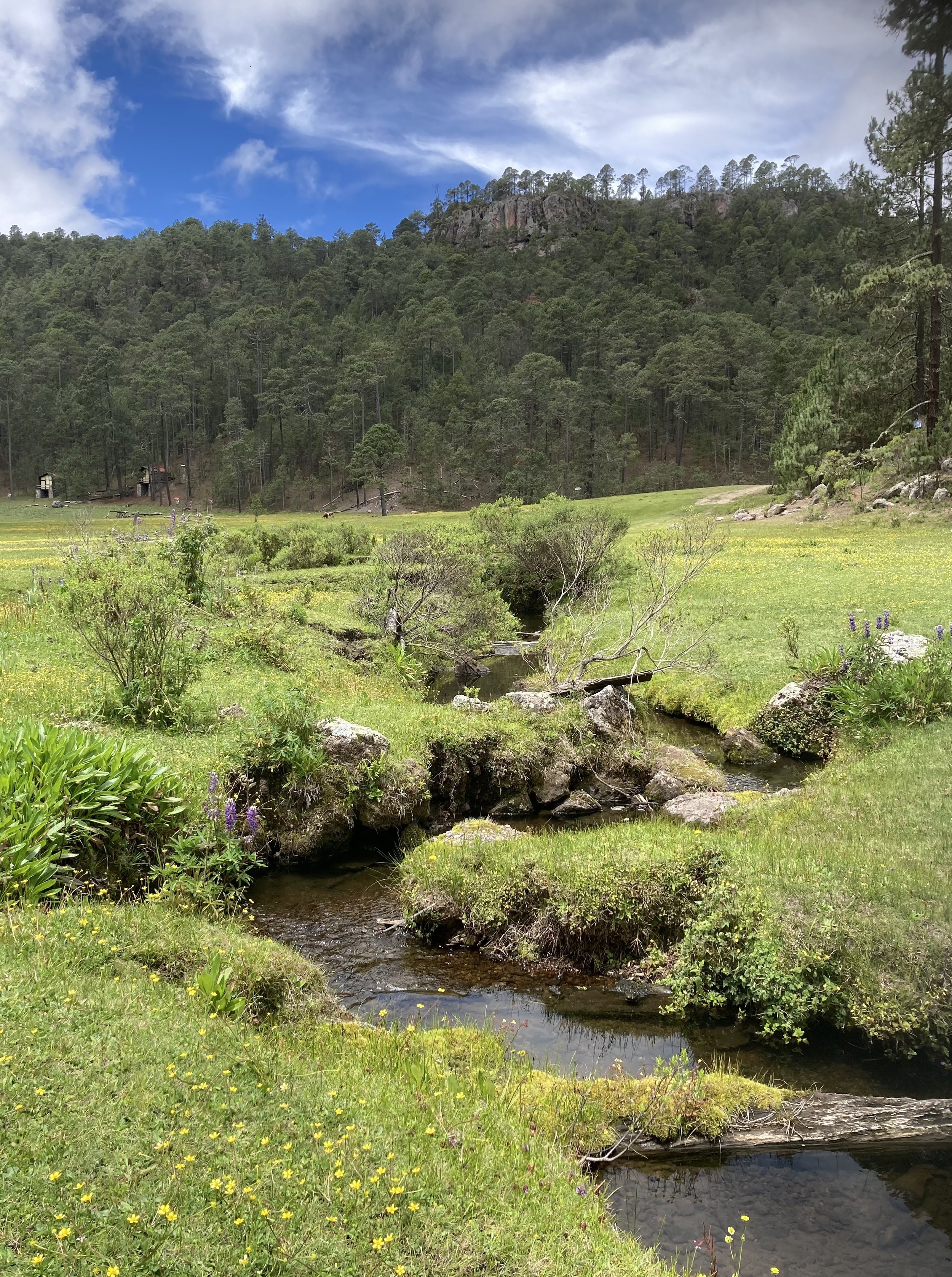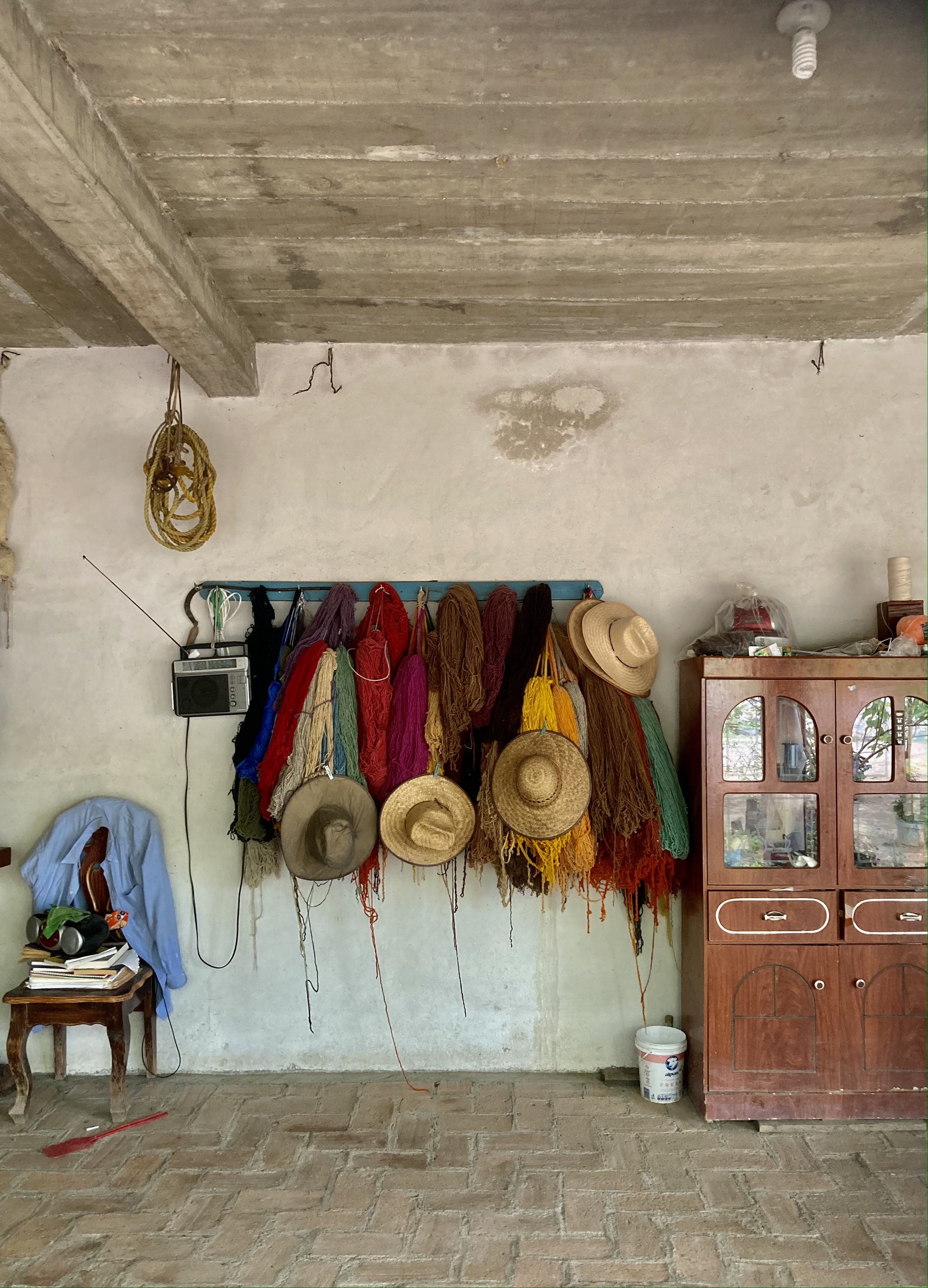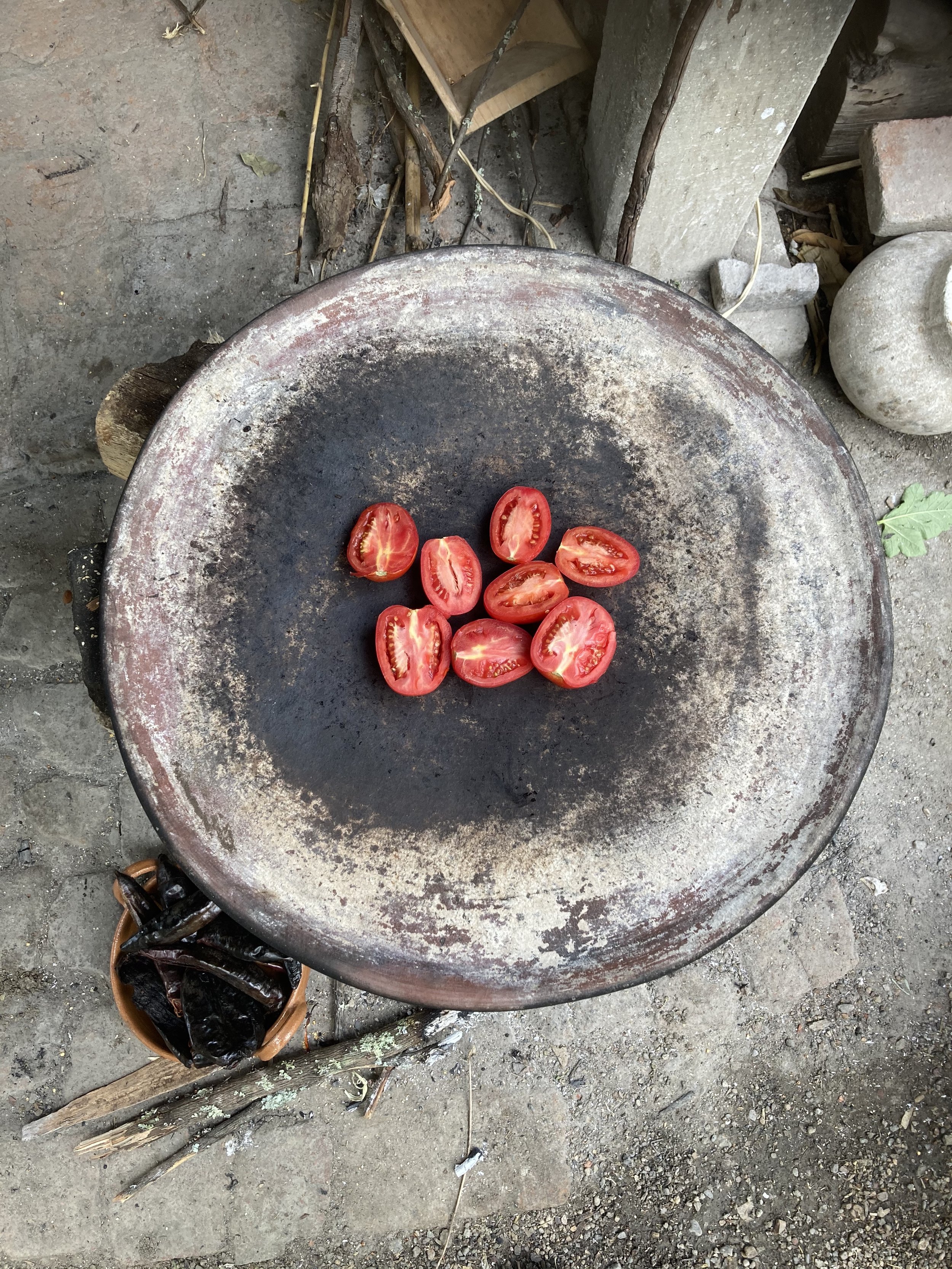The Power Of Community Tourism
For truly engaging, meaningful and life-changing travel
Words by Imogen Lepere
Image by Ishkar
As I clamber down a natural staircase made of tree roots, my guide, Esther Luis Juárez, points out countless medical plants; it feels like I am hiking through an organic pharmacy. “Here’s mustard for iron, willow leaf to chew if you have a headache, buttercup roots as an anaesthetic and Indian paintbrush” – she gestures to a flower that looks like a scarlet flame – “is excellent for cysts.”
We’re in the Pueblos Mancomunados, a self-governing region in Mexico’s pristine Sierra Norte mountains, made up of eight villages inhabited by the indigenous Zapotec people. If the region’s rare beauty and traditional lifestyle weren’t reason enough to visit, it is also one of the longest running community tourism projects in central America. Since 1998, the villages have been hosting hiking trips, with days spent exploring the forest and evenings in snug mountain cottages with wood-burning fires.
“The project is run on a co-operative system, so everyone gets an equal share of the profits,” Juárez explains. “All married men and single women take their share of ‘community service’, which involves guiding, clearing the trails, guarding the forest and looking after the infrastructure.”
Over the next few days, I am able to fully immerse myself in the community’s way of life. I learn to make maize tortillas using a tortilladora (heavy metal press), have my energy cleansed by being whipped with twigs in a temazcal (traditional sweat lodge) and feast on caldo de pollo (chicken broth) topped with radishes, avocado, pickled carrots and a local herb called chepiche in a small local restaurant.
“Marlin [the restaurant owner] employs three cooks to help out in the kitchen,” says Juárez, reaching for a tray of salsas. “Before the project started, the only jobs available to women were selling tortillas or eggs in the market. Now they have their own income and don’t have to ask their husbands every time they need to buy something for the family.”
Image by Ishkar
How community tourism can change lives
The Pueblos Mancomunados are just one of many remote communities harnessing the power of ecotourism to counteract global problems such as depopulation and changing weather patterns, which are making traditional forms of income such as farming less reliable.
“When done right, community tourism breaks down barriers and empowers people to uplift each other. It also engages locals and travellers in meaningful, life-changing ways,” says Tricia Schers, Director of Partnerships and Development at Planeterra, a not-for-profit that provides communities around the world with training, mentorship and contacts with travel companies who integrate these responsible travel experiences into their itineraries.
One example of Planeterra’s work can be seen at the Ccaccaccollo Women’s Weaving Co-op in Peru. Despite its location in the lush Sacred Valley near Machu Picchu, this remote village of 140 Quechua-speaking families didn’t benefit from tourism until Planeterra funded training courses to reintroduce lost weaving traditions. Today, the cooperative is owned by 46 women and is so successful they have since opened a Community Homestay.
Images by Imogen Lepere
Similar initiatives are also springing up in cities. With more than 18 million known cases, India has the highest population of street children in the world. City Walk, run by Salaam Baalak Trust, sees young homeless people offering an alternative walking tour of Delhi. More than 33 guides have passed through the programme so far, with 18 having completed their higher studies from universities in India and the US with scholarships.
Image by Planterra
The challenges communities face
Despite the fact that immersion in a community is often the most memorable part of any travellers’ trip, these experiences remain very much on the fringes of the tourism industry. Not only do many struggle to raise the initial capital to start a project, research by the Rainforest Alliance and Conservation International suggests that existing projects throughout the Americas typically only have around 5% occupancy.
The problem is often down to communication. “These communities are offering incredible cultural experiences that are in harmony with nature,” explains Eytan Elterman, co-founder of Lokal Travel. “No one knows the land, its history and plants like them, but marketing and sales are not typically their strong suit. Combine this with language barriers, unreliable wifi and a lack of technology to take online payments and you can begin to understand why so many projects struggle, even though what they’re offering is a really beautiful cross-cultural exchange.”
Lokal Travel aims to bridge this gap by acting as a listing platform for community projects – including the Pueblos Mancomunados – and dealing with customer queries themselves, as well as allowing travellers to book online in a reliable, user-friendly way.
“According to the UN, only $5 of every $100 spent by international travellers in developing countries goes to local communities,” Elterman adds. “As the world's largest industry, generating over $7 trillion in global GDP, the potential for travel to be a force for good is huge.”
Image by Ishkar
Connections that foster long-lasting impact
When poorly managed, tourism can upset the economic balance in communities and put a strain on natural resources, which is why it’s so important that locals themselves are involved in the creation of projects.
“When tourism has a negative impact, it’s often because the leader of the project is very detached from the community and doesn’t have the specialised understanding of the needs of that place,” says Electra Simon, Creative Director of Ishkar, a travel company specialising in crafts-based itineraries. “We are experts in rarely visited countries and extremely remote places within them, like the Yemeni island of Socotra or Hunza in northern Pakistan. We’ve been working with partners in these regions for six years and have a broad network of specialists on the ground who can help curate a really unique experience for travellers.”
Claire Doolan, Ishkar’s Head of Travel, agrees. “Taking the time to build a community of meaningful contacts in-destination is the best way to avoid scripted experiences that trade genuine insight for predictability. Mainstream tourism often offers static experiences that can be played on repeat (like attending a scheduled cultural performance), meaning there's little chance to challenge stereotypes, learn and ultimately connect through travel.”
Image by Planeterra
Travel experiences such as those offered by Ishkar can forge powerful ongoing connections. “The biggest opportunity to be gained from community tourism is that of connection, and with it an awareness of the multitude of lived experience, talent and thought in the place being visited, just like anywhere in the world,” says Doolan.
The company’s philosophy of slow travel that allows local people to tell their own stories has real-life impacts. Molly Back, a nurse who travelled with Iskhar to Afghanistan in 2019, has since returned to the area to share her medical knowledge, while the other members of the group have continued to support the projects with fundraising efforts.
As Back reflects: “Every experience was genuine and I was comfortable knowing we weren’t exploiting any of the people we interacted with. We weren’t gawking at culture, we were able to actively experience it." And isn’t this active experience of another culture what meaningful travel is all about?
Images by Imogen Lepere












